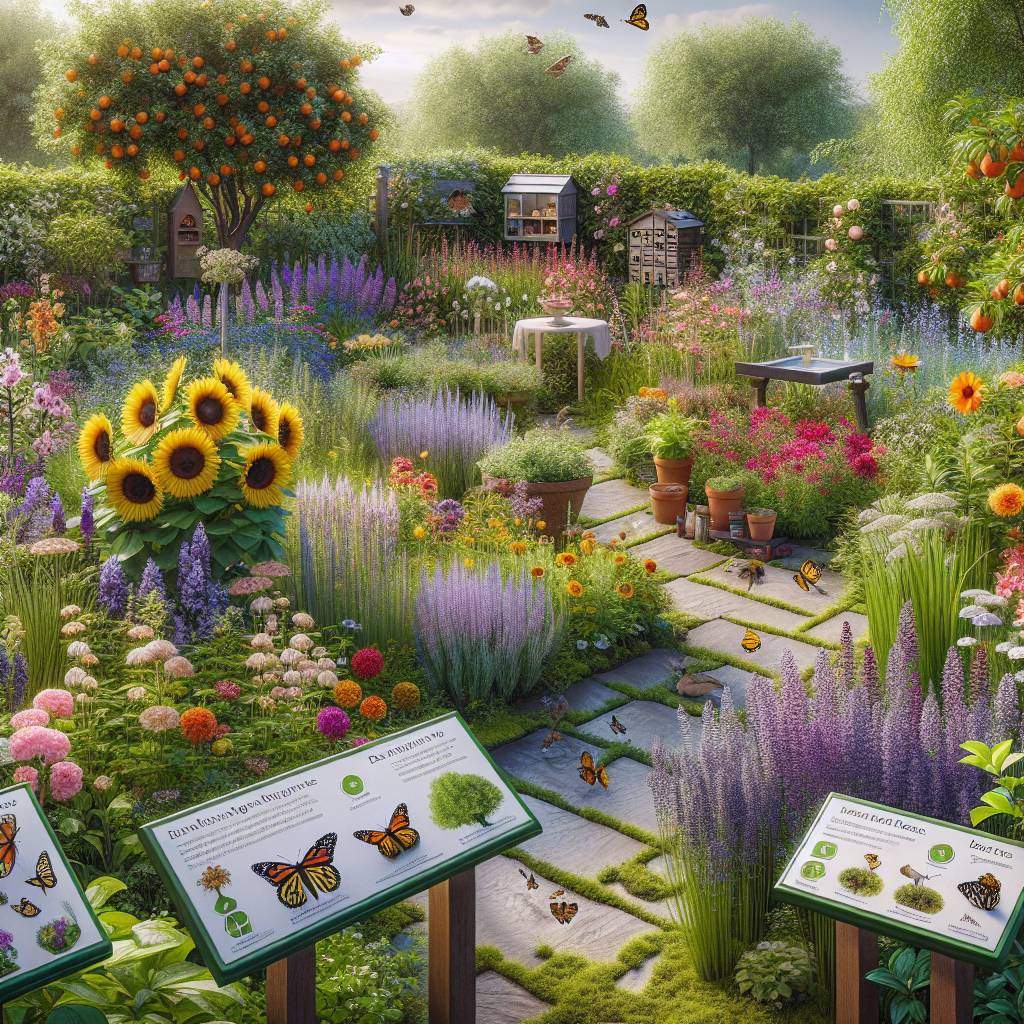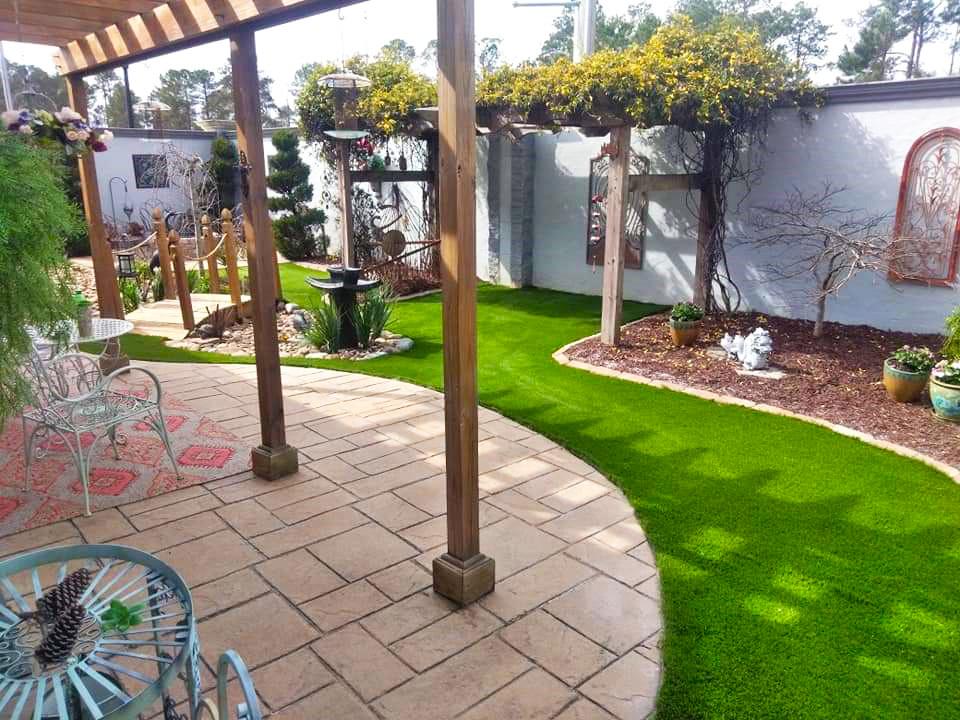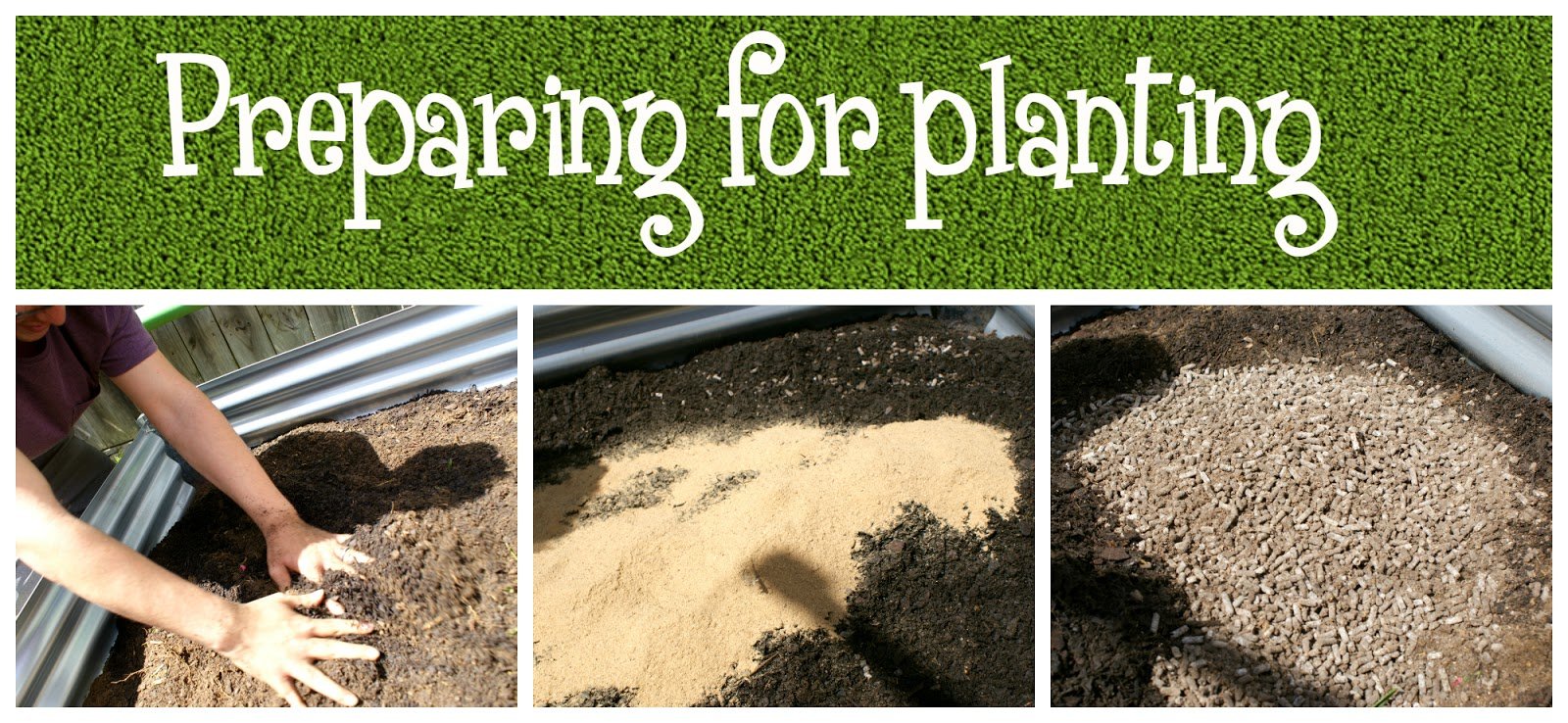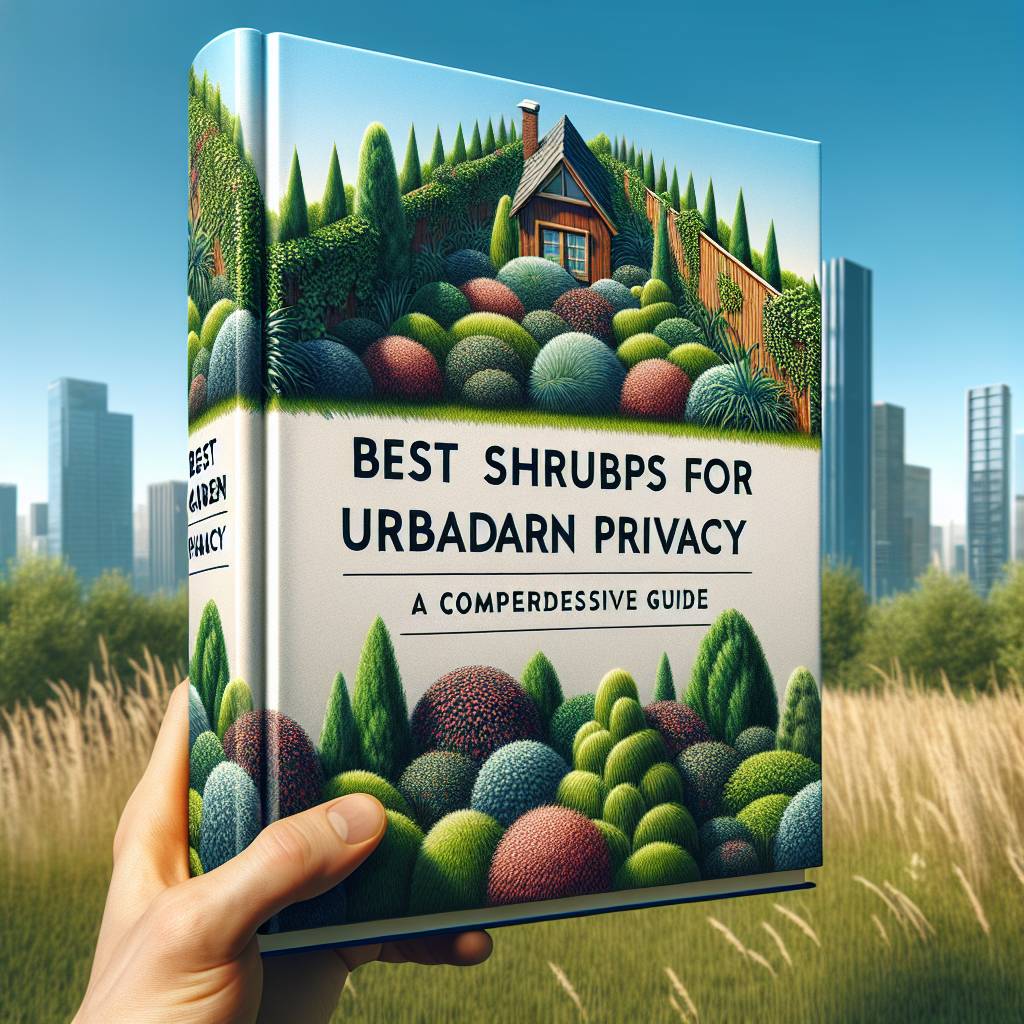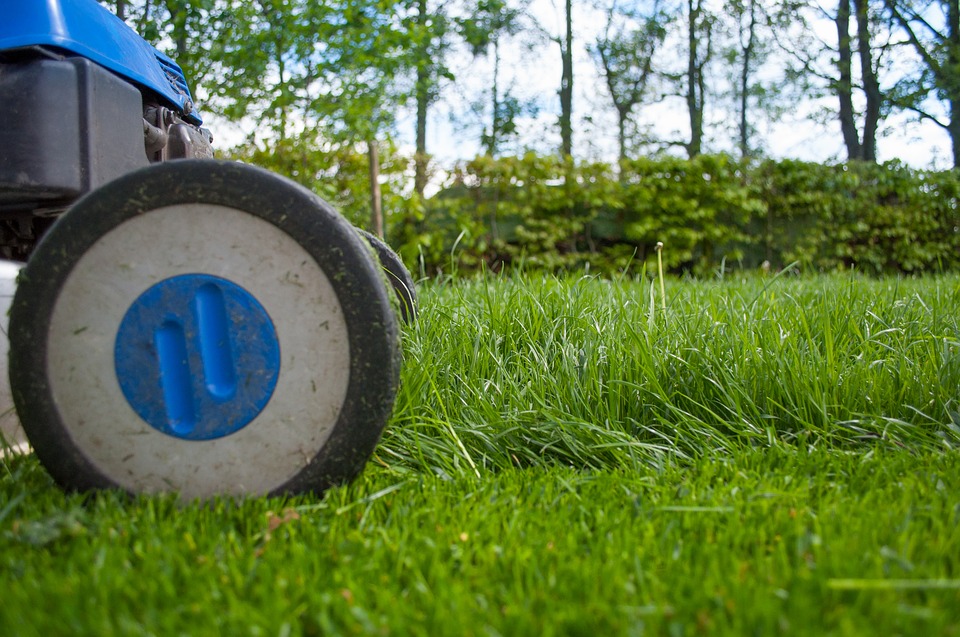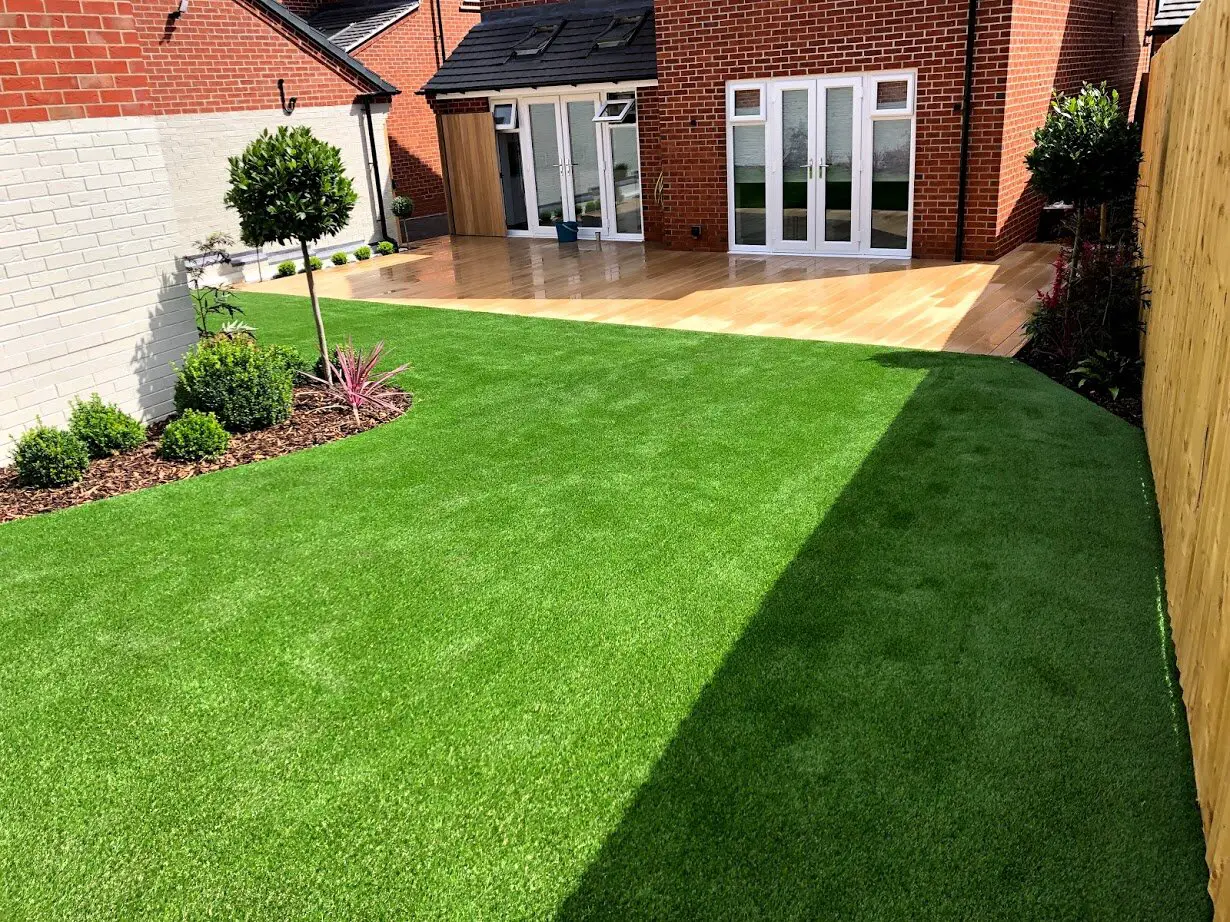Creating a garden that beckons pollinators is like rolling out the red carpet for nature’s VIPs. It’s about crafting an irresistible oasis where butterflies, bees, and hummingbirds can’t resist stopping by for a snack. By choosing the right mix of vibrant flowers, fragrant perennials, providing cozy shelters, and steering clear of harmful pesticides, you’re essentially curating an all-you-can-eat buffet with a five-star ambiance for these essential creatures.
But hold on – it’s not just about giving pink foliage; it’s also about receiving red flowers. As your garden becomes a hotspot for pollinators, they’ll work their magic on your plants, boosting their growth and yield. So get ready to dive into the world of designing gardens that are as inviting to pollinators as a luxury resort is to vacationers.
Key Takeaways
- Choose a variety of native plants: Select plants that provide nectar and pollen throughout the growing season to attract and support pollinators.
- Create plant groupings: Arrange plants in clusters to make it easier for pollinators to locate and access them, increasing their appeal to pollinators.
- Design a diverse garden layout: Incorporate a mix of flowering plants, shrubs, and trees to create a diverse habitat that attracts a wide range of pollinators.
- Add water sources: Integrate water features like birdbaths or shallow dishes to provide drinking and bathing spots for pollinators.
- Adopt organic gardening practices: Avoid using pesticides and opt for natural pest control methods to protect pollinators and their habitats.
- Sustain a year-round habitat: Ensure your garden provides food, shelter, and nesting sites for pollinators throughout all seasons.
The Importance of Pollinators in Your Garden
Essential Role
Pollinators, such as insects, play a vital role in the reproduction of plants by transferring pollen. Without them, many fruits, vegetables, and flowers would not be able to produce seeds or fruit. This means that the pink flowers we enjoy and the foliage we see are dependent on these tiny creatures.
Attracting pollinators to your garden can significantly increase the productivity and diversity of your plants. When pollinator insects visit your garden zones, they help fertilize plants by carrying pollen from one flower to another. As a result, this process leads to better crop yields for fruits and vegetables while also promoting more abundant blooms for flowering plants.
Plant Diversity
By designing a garden specifically to attract pollinator insects like bees, butterflies, and hummingbirds, you create an environment that supports plant diversity. These insects are attracted to gardens in zones with a variety of blooming flowers throughout the growing season. By including different types of flowers that bloom at various times during spring, summer, and fall seasons in your garden design plan will ensure continuous nectar sources for these essential pollinators.
In addition to attracting pollinating insects with diverse blooms throughout the year is planting native species if possible. Native plants have evolved alongside local insect populations over time so they’re already adapted to each other’s needs – making it easier for pollinators like bees and butterflies to find what they need when visiting your garden.
Design Techniques
When creating a garden designed specifically for attracting pollinator insects consider incorporating features such as water sources like birdbaths or shallow dishes filled with water since all living things require water; providing shelter through dense shrubs or trees where small animals can take refuge; avoiding pesticides which may harm beneficial insects; leaving some areas untouched allowing natural habitats for ground-nesting bees or other beneficial bugs; using bright colors such as reds, yellows blues purples pinks whites oranges because many flying insects see these colors well.
Selecting the Right Plants for Pollinators
Choosing Native Plants
When designing a garden to attract pollinators, it’s crucial to select native plants that are well-suited to your region’s climate and soil conditions. These plants have evolved alongside local pollinators, making them an ideal food source. By choosing native plants, you can provide a familiar and nourishing environment for bees, butterflies, and other pollinators.
Native plants also require less maintenance as they are naturally adapted to the local environment. Examples of native plants include milkweed for monarch butterflies and bee balm for various types of bees.
Opting for Bright Flowers
When considering which flowers to incorporate into your garden, look for those with bright, colorful blooms. Red flowers are particularly attractive to hummingbirds while also catching the attention of other pollinators. The vibrant hues act as beacons, guiding these essential creatures towards a plentiful supply of nectar and pollen.
In addition to color, prioritize selecting flowers that produce ample nectar and pollen. This ensures that visiting pollinators will find sustenance in your garden. For instance, choices such as coneflowers (Echinacea) or black-eyed Susans (Rudbeckia) boast both striking colors and rich nectar sources.
Timing Your Blooms
To create an enticing haven for pollinators throughout the year, consider planting a diverse array of flowering plants that bloom at different times. This sequential blooming pattern provides a continuous supply of food across seasons—spring through fall—ensuring there is always something in bloom when pollinators need it most.
For example:
- Early spring: Crocuses or hyacinths.
- Late spring: Lavender or salvia.
- Summer: Bee balm or coneflowers.
- Fall: Asters or goldenrods.
This strategic selection guarantees that there is never a shortage of nourishment available in your garden—a vital consideration when aiming to support local pollinator populations.
Grouping Plants for Maximum Pollinator Appeal
Clustering Plant Species
When designing a garden to attract pollinators, it’s essential to create clusters or drifts of the same plant species. This makes it easier for pollinators to find and access their preferred food sources. By planting multiple flowers of the same species close together, you provide a concentrated and easily accessible food source for pollinators.
For instance, instead of scattering individual bee balm plants throughout your garden, consider grouping them together in clusters. This way, bees and other pollinators can efficiently locate and feed on the nectar-rich blooms without expending unnecessary energy searching for scattered plants.
Clumping Flowers
Planting flowers in clumps rather than as single individuals is another effective strategy when aiming to attract more pollinators to your garden. When flowers are clustered together, they create a visually impactful display that catches the attention of passing bees, butterflies, and other beneficial insects.
By doing so, you not only increase the visibility of your garden but also enhance its appeal to various types of pollinators seeking out abundant sources of nectar and pollen. For example, instead of planting one foxglove here and another there, group several foxgloves closely together in an area within your garden.
Diverse Flower Shapes and Sizes
Mixing different flower shapes and sizes is crucial when aiming to accommodate various types of pollinators in your garden. Bees may be attracted to open-faced daisies or sunflowers with accessible centers while butterflies might prefer tubular-shaped blossoms like those found on butterfly bushes or salvias.
Incorporating a variety of flower shapes ensures that you’re providing suitable feeding options for different kinds of beneficial insects visiting your garden. Furthermore, including tall flowering plants alongside low-growing ones offers diverse feeding opportunities across vertical zones within the space.
Designing Your Garden Layout for Pollinators
Diverse Vegetation
When designing a garden to attract pollinators, it’s crucial to incorporate various levels of vegetation. This includes tall trees, shrubs, and ground covers. By doing so, you create diverse habitats that cater to the needs of different pollinators. For example, butterflies may be attracted to flowering shrubs for nectar while birds might seek shelter in taller trees.
Having a variety of plants at different heights can provide food sources and nesting opportunities for a wide array of pollinating insects. For instance, bees are drawn to flowering ground covers such as clover or creeping thyme. These plants not only offer nectar but also serve as suitable locations for ground-nesting bees to establish their colonies.
Furthermore, by incorporating a mix of vegetation types within your garden layout, you contribute to the overall biodiversity in your yard. This is essential because it supports a healthy ecosystem where pollinators thrive.
Sheltered Areas
Another key aspect when designing your garden layout is providing sheltered areas for pollinators. Hedges or rock piles can serve as safe havens where these beneficial creatures can rest and take cover from predators or harsh weather conditions.
By creating such sheltered spots within your garden space, you’re essentially offering protection and security that encourages pollinators to frequent your yard regularly. This contributes significantly towards sustaining their populations and ensuring they continue with their vital role in the natural world.
In addition to this approach being beneficial for the well-being of pollinators themselves, it also offers an opportunity for you as a gardener to observe these fascinating creatures up close while they utilize these designated spaces within your garden.
Incorporating Water Features for Pollinators
Providing Safe Water Sources
When creating a garden to attract pollinators, it’s essential to incorporate water features. Adding a shallow water source, such as a birdbath or small pond, provides pollinators with the hydration they need. These features should include rocks or floating plants for insects to land on and rest. For instance, you can place flat stones or twigs within the water feature to serve as landing spots for flying pollinators.
Protecting Pollinators from Harmful Substances
It’s crucial to avoid using pesticides near these water sources. Pesticides can harm the very creatures you’re trying to attract and support in your garden. By keeping the area around your water sources pesticide-free, you create a safe space where pollinators can drink without being exposed to harmful substances that could potentially endanger their lives.
Organic Practices to Protect Pollinators
Using Natural Fertilizers and Pest Control Methods
When designing a garden to attract pollinators, it’s crucial to prioritize their well-being by using organic fertilizers and pest control methods. By avoiding harmful chemicals, you can protect the delicate balance of your garden ecosystem. Chemical-based fertilizers and pesticides can harm pollinators like bees, butterflies, and other beneficial insects.
Organic fertilizers such as compost, manure, or natural plant-based products enrich the soil without posing risks to pollinators. They provide essential nutrients for plants while maintaining a healthy environment for these vital creatures. Opting for pest control methods that do not harm pollinators is essential. For instance, introducing plants that naturally repel pests or using physical barriers like row covers can help deter unwanted insects without endangering pollinators.
Embracing organic practices in your garden not only safeguards the well-being of pollinators but also promotes a thriving and sustainable ecosystem.
Encouraging Natural Predators
Another effective approach in creating a pollinator-friendly garden is encouraging natural predators like ladybugs and lacewings to control pests without relying on harmful pesticides. These beneficial insects play a pivotal role in maintaining ecological balance by preying on common garden pests such as aphids, mites, and caterpillars.
By cultivating diverse plant species that attract these predatory insects, you create an environment where they thrive naturally while keeping pest populations in check. For example, planting dill or fennel attracts ladybugs which are voracious aphid eaters. Similarly, marigolds draw hoverflies whose larvae consume large quantities of aphids.
Incorporating these natural predators into your garden not only protects the welfare of pollinators but also reduces the need for chemical interventions that could be detrimental to them.
Providing Nesting Sites for Beneficial Insects
To further support beneficial insects, consider providing nesting sites within your garden space. Installing bee houses or butterfly shelters offers safe havens where these important creatures can rest and reproduce. Bee houses consist of small tubes where solitary bees lay their eggs while butterfly shelters offer protection from harsh weather conditions during different stages of their life cycle.
Creating suitable habitats ensures that beneficial insects have ample opportunities to thrive within your garden environment without being exposed to potential hazards from external sources.
Maintaining a Year-Round Pollinator Habitat
Plant Variety
Planting a variety of perennials and flowering plants that bloom in different seasons is crucial. This ensures there’s always food available for pollinators throughout the year. For example, you can plant early blooming flowers like crocus and hyacinth for spring, while including asters and goldenrods for fall.
It’s essential to think about your garden as a buffet for pollinators, offering them an array of options to feed on no matter the time of year. By doing so, you’re creating an inviting environment that supports their needs consistently.
Shelter Areas
Leaving parts of your garden untrimmed during the winter is equally important. These areas provide shelter for overwintering pollinators such as moths and butterflies. For instance, consider leaving dried flower heads standing through the winter months to serve as hiding spots.
By allowing some areas in your garden to grow wild or leaving leaf litter undisturbed, you’re providing safe havens where these vital insects can seek refuge during harsh weather conditions or when they’re inactive.
Avoid Herbicides
Another critical aspect is avoiding excessive use of herbicides. These chemicals can eliminate important food sources for pollinators like dandelions and clover which are rich nectar sources. Instead of reaching out for herbicides at the first sight of weeds, consider removing them manually or using natural alternatives like mulching.
Herbicide-free zones within your garden create pockets where pollinators can find sustenance without being threatened by harmful chemicals often found in conventional gardening practices.
Enhancing Your Garden with Pollinator-Friendly Features
Providing Nesting Sites
To enhance your garden for pollinators, consider installing bee hotels or nesting boxes. These structures provide additional nesting sites for solitary bees, supporting their population and encouraging them to visit your garden regularly. Solitary bees are essential pollinators and providing suitable habitats for them can significantly contribute to the overall health of your garden ecosystem.
Creating a diverse range of habitats within your garden is crucial. Incorporate features such as meadows, hedgerows, or wildflower patches to attract a variety of pollinators. By offering different environments, you can cater to the specific needs of various species, ensuring that there are resources available for all types of pollinators throughout the year.
Minimizing Artificial Lighting
It’s important to minimize artificial lighting at night in your garden space. Excessive light during nighttime can disrupt the behavior of nocturnal pollinators such as moths and bats. By reducing artificial lighting, you create an environment that allows these vital creatures to thrive undisturbed.
Incorporating these elements into your gardening practices will not only attract more pollinators but also contribute positively to the local ecosystem by promoting biodiversity and creating a balanced natural habitat.
Final Remarks
You’ve learned how crucial pollinators are for a thriving garden. By choosing the right plants, grouping them strategically, and incorporating water features, you can create an irresistible haven for these essential creatures. Embracing organic practices and maintaining a year-round pollinator habitat will ensure a sustainable environment that benefits both your garden and the pollinators. Enhancing your garden with pollinator-friendly features will further elevate its charm and ecological impact.
Now it’s time to put your newfound knowledge into action. Get out there and start designing a garden that not only captivates with its beauty but also serves as a vibrant sanctuary for pollinators. Your efforts will not only reward you with a flourishing garden but also contribute to the preservation of these vital species. Happy gardening!
Frequently Asked Questions
Can I attract pollinators to my garden without using pesticides?
Absolutely! By incorporating organic practices such as companion planting, natural predators, and soil health improvement, you can create a thriving pollinator habitat without the need for harmful pesticides. This approach not only attracts pollinators but also promotes a healthy and sustainable ecosystem in your garden.
How can I ensure my garden is attractive to pollinators year-round?
To maintain a year-round pollinator habitat, select a variety of plants that bloom at different times throughout the seasons. Incorporating flowering trees, shrubs, and perennials ensures there are nectar sources available for pollinators every month of the year, supporting them through all seasons.
What are some effective water features for attracting pollinators to my garden?
Incorporating shallow water sources like birdbaths or small ponds with sloping edges provides essential drinking and bathing spots for various pollinators. These features not only attract bees and butterflies but also benefit other wildlife while adding aesthetic appeal to your garden.
How should I design my garden layout to maximize its appeal to pollinators?
Grouping plants of similar types together creates “pollinator hotspots” where bees, butterflies, and other beneficial insects can efficiently gather nectar and pollen. Arranging plants in clusters helps guide these important visitors through your garden while enhancing their foraging experience.
Are there specific plant varieties that are more appealing to different types of pollinators?
Yes! Different species of bees, butterflies, and hummingbirds prefer specific flower shapes or colors. Researching which native plants cater best to each type of visitor will help you select an assortment that appeals to a diverse range of valuable pollinators in your area.
